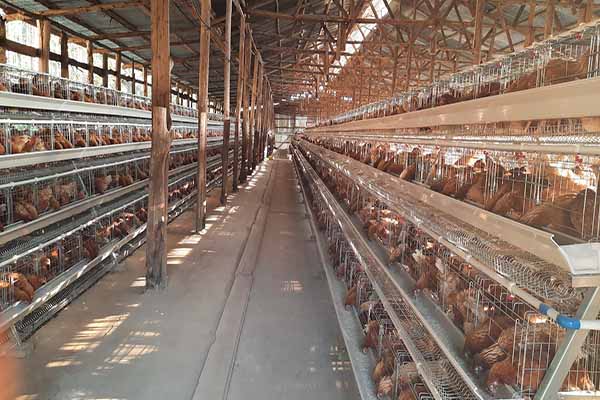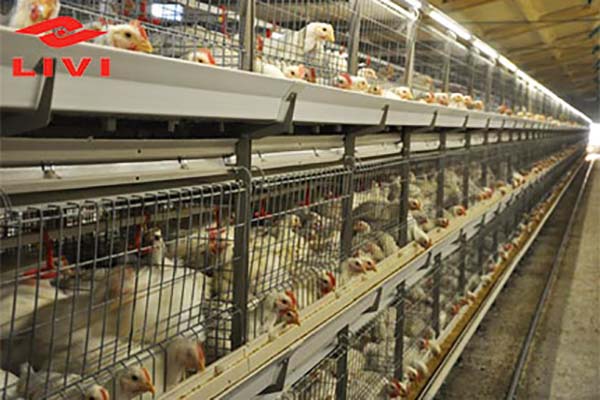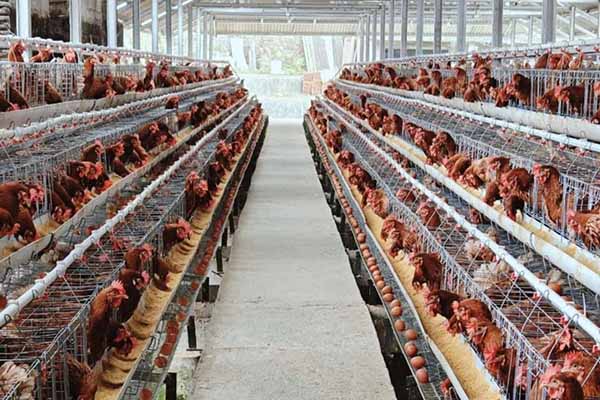What to Do If Ventilation in Chicken Farms in Kenya Is Poor
Time : 2025-04-27
Running a chicken farm in Kenya is a challenging yet rewarding venture. One of the critical factors that can significantly impact your farm’s success is adequate ventilation. Poor ventilation in chicken farms can lead to numerous health issues for the chickens, affecting their growth and productivity. So, what can you do if you find that the ventilation in your chicken farm is poor? Let’s dive into some practical steps you can take to improve the situation.
Understanding Poor Ventilation in Chicken Farms
Poor ventilation in chicken farms can be caused by several factors, such as:

- Overcrowding of the coop
- Incorrect placement of ventilation openings
- Inadequate airflow and air exchange rate
- Contaminated air, which can be caused by ammonia and carbon dioxide buildup
When the chickens are exposed to poor ventilation conditions, they may experience respiratory problems, heat stress, and decreased growth rates. Moreover, it can also lead to higher mortality rates due to disease outbreaks.
Steps to Improve Ventilation in Chicken Farms
1. Assess the Current Ventilation System
The first step is to assess the current ventilation system in your chicken farm. Look for any gaps, cracks, or obstructions in the ventilatio n openings. Check if the fan is functioning properly and if the wind direction is favorable.
n openings. Check if the fan is functioning properly and if the wind direction is favorable.
2. Ensure Adequate Airflow and Air Exchange Rate
Adequate airflow and air exchange rate are essential for maintaining a healthy environment in your chicken coop. To achieve this:
- Increase the number of ventilation openings, ensuring they are evenly distributed across the coop.
- Use large fans to increase the airflow.
- Ensure that the wind direction is in line with the placement of the fans.
3. Optimize the Coop Layout
The layout of yo ur chicken coop can also impact ventilation. Here are some tips to optimize the coop layout:
ur chicken coop can also impact ventilation. Here are some tips to optimize the coop layout:
- Keep the coop elevated from the ground to prevent moisture buildup and improve airflow.
- Provide enough space for each chicken to ensure proper ventilation and reduce overcrowding.
- Use partitions to separate the coop into smaller sections, allowing for better temperature control and air exchange.
4. Manage Ammonia Levels
Ammonia is a common issue in chicken coops due to poor ventilation. To manage ammonia levels:
- Use a deep litter system, which helps to absorb ammonia and moisture.
- Regularly clean the coop and remove droppings to reduce ammonia buildup.
- Air out the coop periodically to disperse ammonia and other contaminants.
5. Install Humidifiers and Dehumidifiers
Humidity can significantly impact the comfort and health of chickens. To maintain an optimal humidity level:
- Install humidifiers to increase humidity during the cooler months.
- Use dehumidifiers to decrease humidity during the warmer months.
6. Regular Maintenance
Maintaining your ventilation system is crucial to ensure its effectiveness. Here are some tips for regular maintenance:
- Check fans and ventilation openings for dust and debris, and clean them as needed.
- Replace any worn-out parts or damaged ventilation equipment.
- Ensure that the fan motors are functioning properly and have regular maintenance checks.
Conclusion
Improving ventilation in your chicken farm is crucial for the health and productivity of your chickens. By following these steps, you can ensure a better environment for your birds, leading to increased growth rates and reduced mortality rates. Always remember that regular maintenance and monitoring of your ventilation system are key to long-term success.











